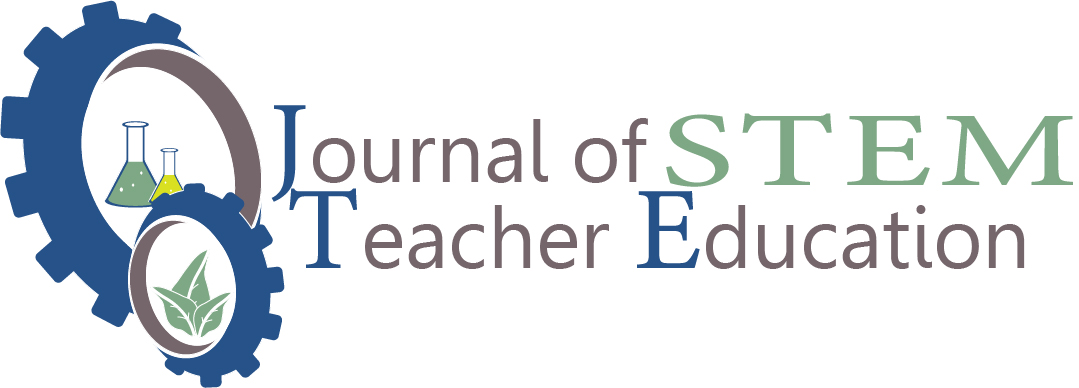
Abstract
Although advocacy for better science, technology, engineering, and mathematics (STEM) education has a long and distinguished history in the United States, the recent emphasis has included strong rhetoric and concomitant funding. Policy makers legislate as though STEM is clearly defined. Yet, the concept remains nebulous, which limits the nation’s capacity to act in a strong and uniformed manner to address societal challenges. In this study, the authors used grounded theory methods to synthesize and interpret the federal perspective that defines STEM in the United States. The resulting theory is a model that includes five core processes: recruitment, recapture, retention, quality assurance, and quality control. These processes interact to support the system in achieving its goal of producing a qualified future workforce. Such a model has implications for advancing the overall goals of STEM as well as further research and development on the components of the model itself.
Recommended Citation
Crippen, Kent J.; Brown, Julie C.; Apraiz, Kristen; Busi, Rich; Evran, Derya; McLaughlin, Cheryl; Peace, Matt; and Temurtas, Ali
(2015)
"A Process Model of the U.S. Federal Perspective on STEM,"
Journal of STEM Teacher Education: Vol. 50:
Iss.
1, Article 5.
Available at:
https://ir.library.illinoisstate.edu/jste/vol50/iss1/5


